Picture a spider weaving an intricate web, capturing way more flies than its single-string peers. Welcome to the world of Integrated Media: The 2024 Strategy that could rapidly expand your content reach, just like that efficient spider’s web.
Let me drop some numbers here. Every day, 2.5 quintillion bytes of data are created. That’s like filling the Library of Congress 500 times daily! Yet it’s estimated that only 0.5% of that data is analyzed and used. What if you could tap into that wealth of unseen data, creating connections and interactions between your content and audiences in new, unexpected ways? That’s what integrated media in 2024 looks like: a smarter, more dynamic strategy that’s about so much more than just creating content-it’s about weaving a wider, more effective web.
It’s not B2C, it’s not B2B-it’s H2H, human to human. Engaging narratives, hyper-personalization, and targeted insights are now more valuable than generic marketing. Ready to transform your content reach?
Unleashing the Power of Integrated Media in 2024
- Reach your audience through multi-channel media
- Empower your content strategy with technology advancements
- Step into innovative ways of audience engagement
- Amplify your brand message with a truly integrated approach
Reimagining Your Reach with Multi-Channel Media
The integrated media strategy of 2024 calls for leveraging multiple channels to deliver your content effectively. This shift into multi-channel media is not just an option, it has become mandatory for you to keep pace with audience preferences.
The consumer of today, who’ll be more multifaceted by 2024, consumes content through a myriad of channels for different purposes. This shift only emphasizes the necessity of being present where your audience is.
Placing your content on multiple channels increases the likelihood of your brand message reaching the target audience. Unlike the strictly controlled single channel, multi-channel media allows you the flexibility to deliver a mix of content that can cater to the varied tastes of your audience.
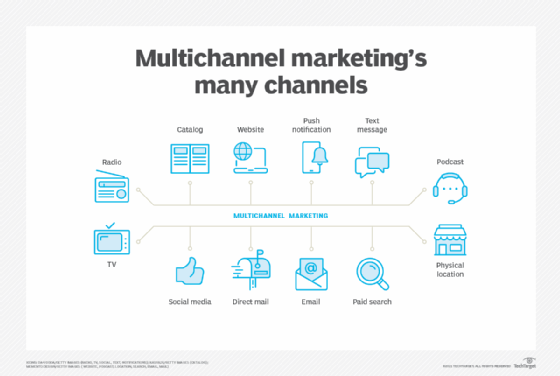
Powering Content Strategy Through Technological Advancements
The transformative power of technology is about to take a new shape in 2024. Innovative tools and platforms are emerging, capable of streamlining content curation, distribution, and analysis, subsequently supercharging your content strategy.
For instance, AI is set to revolutionize how content is repurposed for different platforms – transforming a piece of written content into an audio version for those who’d rather listen than read. Picture a podcast being automatically created out of your blog post, reaching podcast listeners without needing additional effort from your side.
Blockchain technologies, on the other hand, attract us into a decentralized internet. It helps protect digital content - particularly from plagiarism - which is crucial in the creation of original, quality content.
Innovations in Engaging Your Audience
In addition to delivering your message through multiple channels, effective audience engagement will revolve around innovative practices and technology. Interactive content will boost audience engagement, like:
- AR/VR experiences
- Quizzes
- Surveys
- Innovative chatbots
These engagement tools will transition from being standalone engagement strategies to being integrated with content. This gives your audience a sense of participation, making them more likely to remember and refer back to your brand.
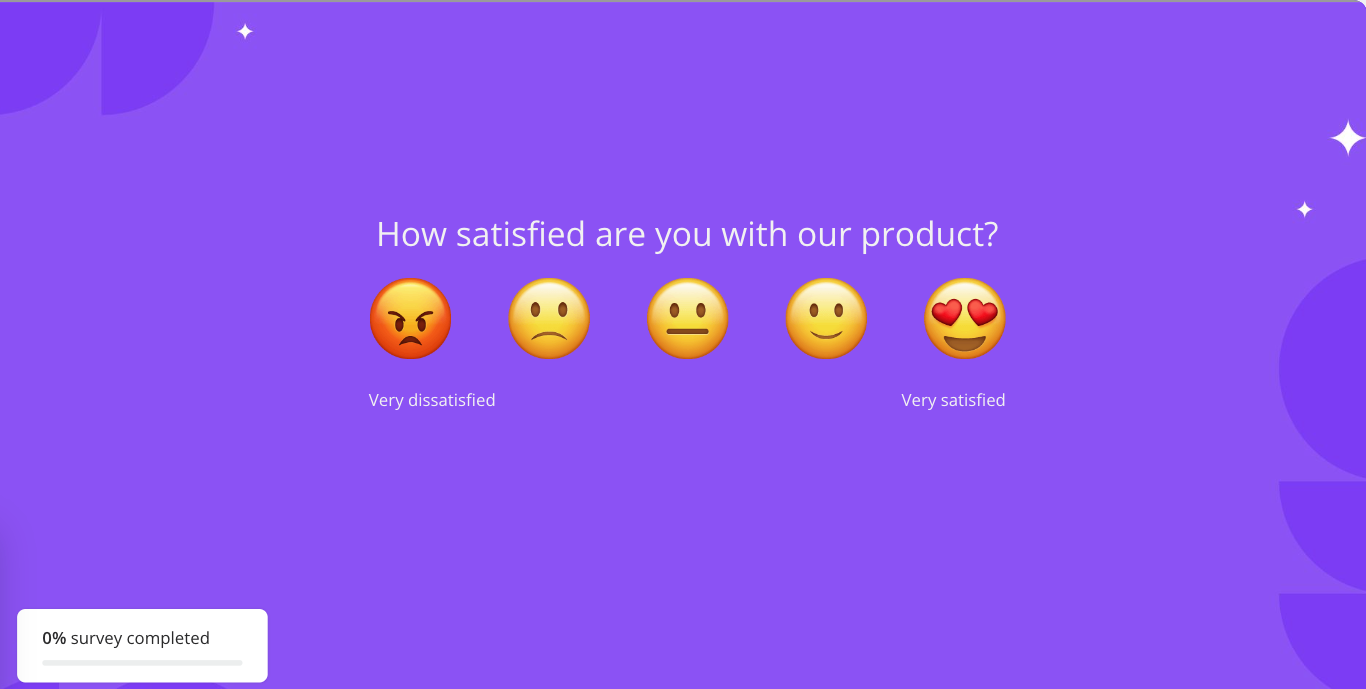
Understanding the Basics of Integrated Media
- A comprehension of the elements contributing to integrated media.
- The significance of cohesive messages across diversified media platforms.
- Innovative ways and suggestions for implementing integrated media strategy.
Transitioning from predicting the future of integrated media, we switch gears to gain a solid understanding of the fundamental elements that constitute integrated media.
Elements of Integrated Media
Integrated media centers around preserving brand consistency in messaging across a diverse array of media outlets.
Whether it’s social media, print advertising, or digital marketing efforts, the central narrative should remain consistent, creating a unified brand image that amplifies your message and asserts a robust brand presence.
Importance of Cohesive Messages
Harmonizing brand voice across the media landscape is not just essential; it is crucial. Providing a unified and consistent brand voice ensures increased brand recognition and credibility.
As the digital age advances, a company’s communication must hold steadfast, whether that be amidst the memes on TikTok or the more professional platforms like LinkedIn.
Understanding your audience and their media consumption habits can be a fundamental game changer in implementing integrated media. Consistent messages make the customer journey smoother, and consistency will gain trust and nurture them from prospects to paying customers.
Implementing Integrated Media Strategy
Enforced integrated media addresses the essence of customer end goals: personalized messages on their media channels.
A company invested in its audience’s interests is observed positively, leading to loyalty and long-term customer relationships. Employing an integrated media strategy should be tailed to the brand’s objectives, target audience, and industry.
Energy from understanding the very basics yields into manoeuvring these insights into marketing content, set to bring an array of benefits. This information will lay the groundwork for exploring why integrated media is essential in content marketing.
The Importance of Integrated Media in Content Marketing
- Integrated Media takes the content marketing arena to the next level.
- It’s more than a strategy; it’s a game-changer in spleading your message across multiple channels.
- Understanding its significance helps drive better engagement, increased reach, and measurable results.
Delivering Cohesiveness Across Various Channels
Integrated Media isn’t just about fueling various media channels with your content. It’s about ensuring that the content delivered through each channel dovetails perfect to provide a uniform and cohesive brand message.
It’s akin to different musicians playing in concert – each produces distinct notes, but together they create beautiful symphony that resonates with the audience.
Ultimately, you want your brand to be memorable. Taglines, colors, and logos should evoke the message behind your brand. So, wherever your audience is, a cohesive marketing strategy will ensure your message stays consistent.
Creating Multiplier Effect through Enhanced Reach
Deploying your content through a single channel limits your reach. Integrated Media, with its ability to relay messages across numerous platforms, exponentially increases your content’s visibility.
The power of reach shouldn’t be underestimated- each added platform breathes new life into your content, engaging diverse audiences and cultivating an increased sense of brand awareness.
You may have an untapped gold mine of potential customers that has never seen your content because they mostly spend their time on a different platform. Don’t let those opportunities go to waste.
Nurturing Engagement through Personalized Connection
Integrated media provides ample opportunities to engage and breed familiarity among prospective clients. It tailors the delivery of content to cater to individual preferences, which in turn helps foster a personal connection. This caters to the modern consumer who craves personalized interaction, igniting a sense of engagement that’s difficult to replicate.
The voyage through the realm of Integrated Media paves the way for content marketing like never before. By transcending the traditional barriers of single media strategies, it invites opportunities for:
- Amplified reach
- Enhanced engagement
- Cohesive messaging across platforms
Understanding its significance thus opens up new dimensions in the face of evolving marketing strategies.

Step-by-Step Guide to Implementing Integrated Media Strategy
- This section will give you comprehensive yet concise steps to comprehend and leverage content marketing trends in 2024.
- You will master the art of maximizing and aligning various social media platforms according to your specific needs.
- And finally, learn how to optimize your mobile media mix in 2024, ensuring the most effective reach to your target audience.
Step 1: Understanding Content Marketing Trends 2024
With an ever-evolving digital landscape, understanding content marketing trends is highly crucial for your business success. In 2024, the following trends are becoming increasingly important in content marketing strategies:
- Sustainability: The climate crisis is shining a light on big business and the impact of them on the planet. Highlighting your sustainable practices to your audience will make you more trustworthy.
- Social responsibility: Accountability and responsibility are essential components of a well-regarded business.
- Diversity: Another element of trust is to reflect your audience in your business. This will help people relate to your brand.
Companies that incorporate these elements into their narratives and present them authentically will have a significant competitive advantage. Not only do they reflect the brand’s ethos, but they also resonate with the increasingly conscious consumers.
AI and automation continue to transform content creation and distribution in 2024 to tailor user experiences. Machine learning technologies like predictive programming help create personalized content for targeting specific audiences more accurately.
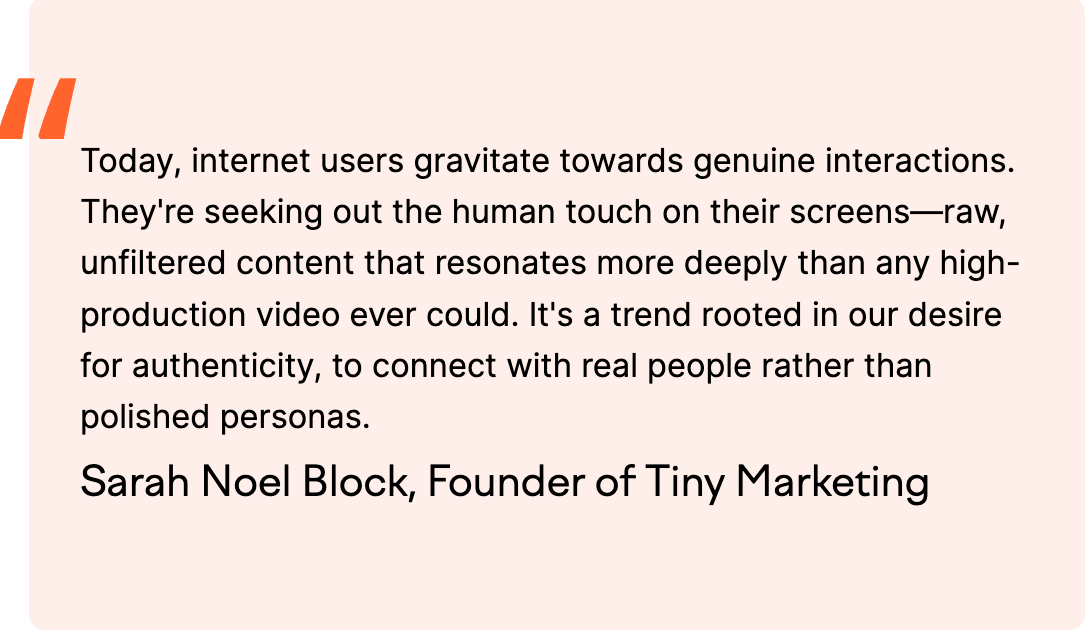
Step 2: Leverage Different Social Media Platforms
It’s critical to note that not all social media platforms are created equal. Each comes with its own demographics, content preferences, and interaction styles. Hence, you should consider each platform’s characteristics when creating and distributing your content.
You need to fully understand your audience to know where to spend your time, resources, and effort. Create a buyer persona to gauge this, alongside data-driven insights. Then, you’ll be able to choose the most effective platforms for reaching your audience.
Consider the following:
- Facebook: This platform reigns supreme in the realm of social media with the highest number of active users. Its diverse user base and robust advertising options make it a promising platform for reaching a broad audience.
- Instagram: This powerful tool is ideal for showcasing visually appealing content and behind-the-scenes posts. With its main demographics being millennials and Gen Z, Instagram is a great platform for businesses targeting these younger demographics.
- LinkedIn: This professional networking platform distinguishes itself by hosting an expansive community of business professionals, making it an unrivaled arena for cultivating professional relationships, elevating brand visibility, and establishing thought leadership.

Step 3: Optimizing Mobile Media Mix 2024
Optimizing the mobile media mix has come to the fore in 2024. The booming digital nomad population and the global push for remote work have compelled brands to optimize their mobile strategies.
Brands would need to optimize website interfaces for mobile viewing, ensuring easy navigation and speed. Also, incorporating responsive design principles and AMP (Accelerated Mobile Project) can significantly impact the user experience and engagement.
Relying too heavily on one platform or source of traffic would be unwise. Therefore, a balanced mobile media mix of organic, paid, and earned media strategies is indispensable. A robust mobile strategy would also integrate:
- SEO
- Responsive design
- E-commerce integration
- Social media
The ultimate wardrobe of integrated media strategy in 2024 would indeed be incomplete without understanding content marketing trends, digitally transforming social media platforms and refining mobile media strategies. With this on-point execution, you are set to redefine your content reach.
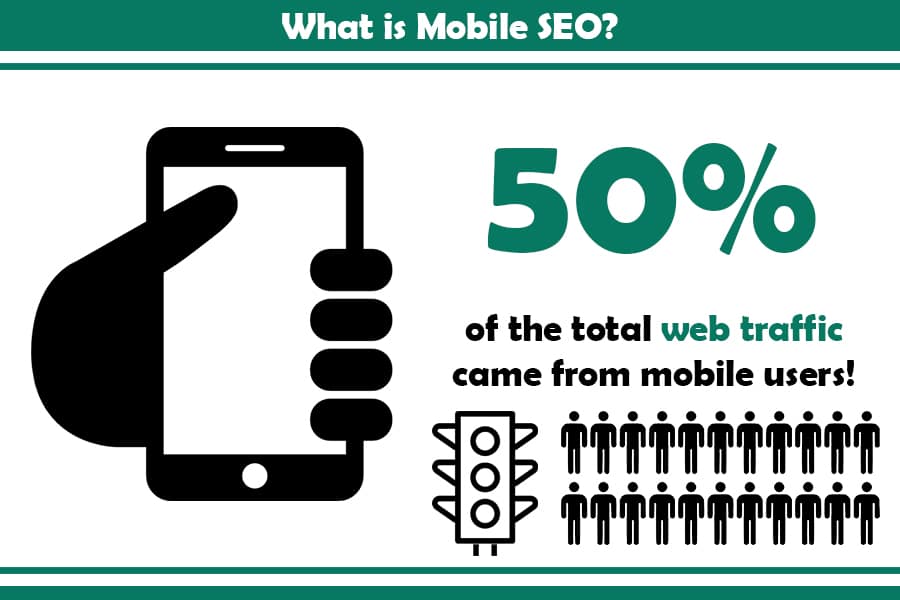
Enhancing Your Integrated Media Strategy with Social Media Integration
- Discover the importance of integrating social media into your integrated media strategy.
- Learn how social media metrics can align with your business objectives.
- Understand how to leverage different social media platforms to reach your target audience effectively.
The Power of Social Media in Integrated Media Strategy
With the shift from traditional to digital platforms, social media now plays a crucial role in enhancing an integrated media strategy. Not to mention, the potential to reach billions of potential customers worldwide.
Social media does not only provide a cost-effective platform for promoting your content, but it also offers:
- Immediate feedback
- Thorough audience engagement
- Broad visibility
Improved customer service, reputation management, and a boost in SEO are just some additional benefits of deploying a social media-integrated media strategy.
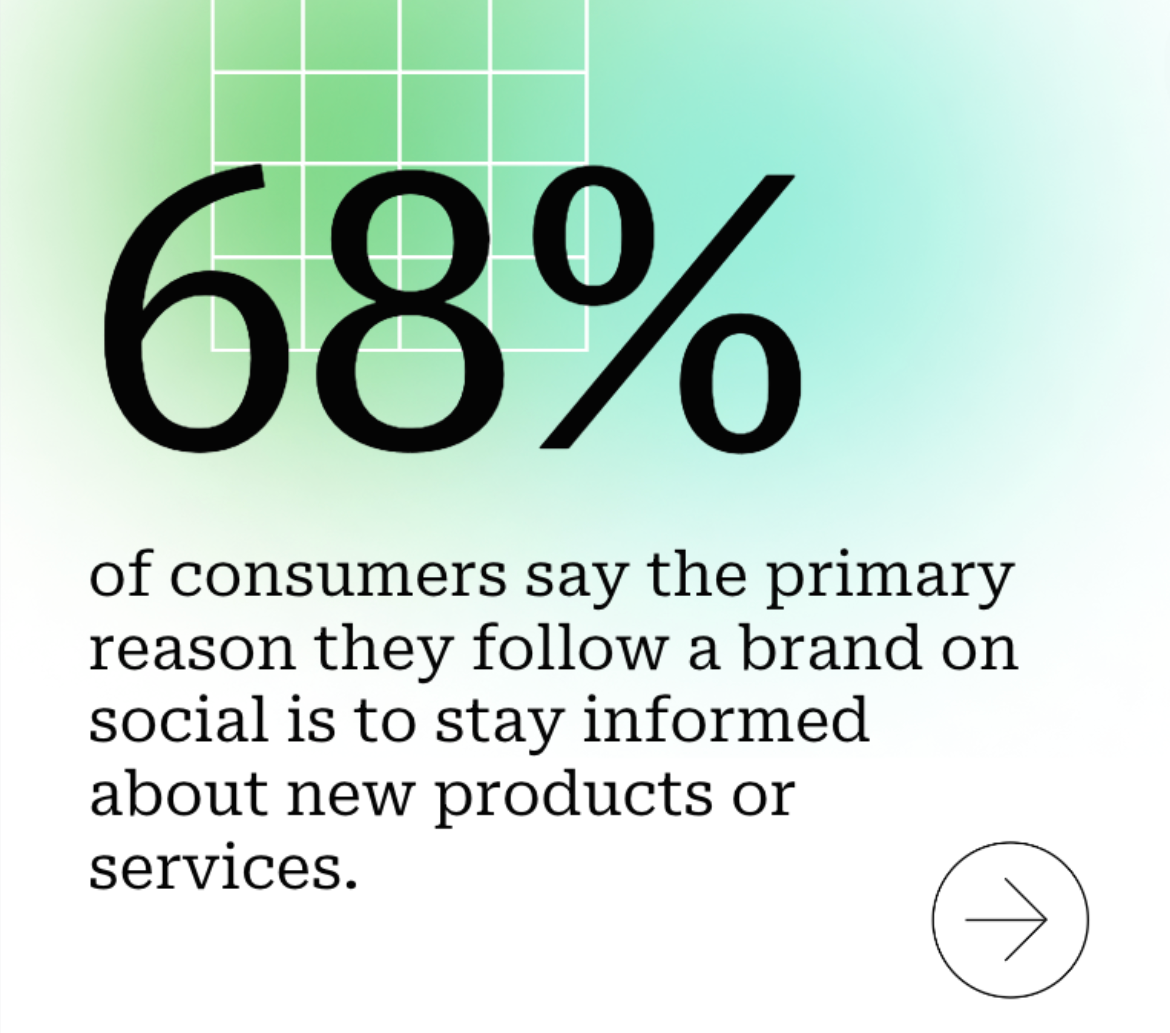
Aligning Social Media Metrics to Business Objectives
In order to profit from social media integration, it’s important to align your social media metrics with your business objectives. This might mean focusing on very specific metrics depending on your business goals, such as:
- Engagement
- Reach
- Leads generated
- Clicks
Ensure that every post, tweet, or story contributes to the overall objectives of your integrated media strategy.
Common Challenges in Implementing Integrated Media Strategy and How to Overcome Them
- A blend of traditional & digital channels is the sweet spot
- Tracking and attribution may trip you up, but analytics can guide your way
- Effective integration can mean fighting through layers of internal silos
Finding the Blend Between Traditional and Digital Channels
Integrated media isn’t about abandoning traditional methods in favor of digital. It’s about finding the perfect blend. Some targeting decisions can’t be automatized or done digitally, making traditional methods indispensable.
Yet, achieving the right balance often remains a challenge. To conquer this, analyze your audience demographics thoroughly. Your media blend should reflect wherever your audience is most active and engaged.

Tackling Tracking and Attribution
Data tracking and attribution pose significant challenges in integrated media. Marketers often get tripped up by not knowing which channels contribute most to their goals. Here is where a robust analytics suite comes in handy.
Tools can help you accurately track user journeys across channels and assign appropriate attributions, like:
- Google Analytics
- Adobe Analytics
- Mixpanel
Breaking Down Internal Silos
Creating a smooth, unified message across channels necessitates breaking down internal silos. This implies improved collaboration between departments and between digital and traditional media teams.
To overcome this challenge, it’s crucial to foster an integrated mindset throughout the organization. Systems such as cross-department partnerships and joint strategy sessions can be beneficial in this regard.
By addressing these highlighted challenges, not only will you be able to leverage the full potential of integrated media but you’ll also be in a better position to drive measurable results. Remember, every organization may face different obstacles and there isn’t a one-size-fits-all solution, but these strategies provide a good starting point.
Case Study: Successful Integrated Media Strategies in Action
- Showcasing prime examples of effective integrated media strategiesUnveiling real-world implementation, significant results, and techniques applied
IBM’s Smarter Planet Campaign
IBM launched an integrated media campaign named “Smarter Planet.” To convey their message, they utilized a series of:
- Social media platforms
- Online advertising
They targeted business leaders and policy-makers to demonstrate how certain changes in technology, management, and policy can result in a significantly smarter planet.
IBM deftly used social media platforms to engage with the audience. They initiated discussions and debates on crucial global issues, rather than limiting the interaction to just likes and shares.
One of the most important elements of this campaign was the focus on interaction and immersion. They set up interactive kiosks at Walt Disney World Resort in Florida that helped visitors understand their mission through fun and interesting immersive interactions.
Alongside this, their focus on educating readers, viewers, and customers meant that their campaign was naturally engaging. Viewers weren’t being spoken at, they were being engaged in an interesting and relevant conversation.
Ultimately, the campaign was a huge success, winning awards for its innovation and impact. The unique approach led to millions of participations from thought leaders, government officials, and intrigued citizens around the globe.

GoPro’s User-Generated Campaign
Another example of integrated media strategy in action is GoPro’s user-generated campaign. The company didn’t have to create new content but instead shared its customer-created videos through various media platforms.
GoPro excelled by implementing a strategy that leveraged user-generated content for brand promotion. This strategy not only eliminated the need for additional content creation resources, but it also helped transmit the essence of GoPro’s product – capturing exciting adventures.
But something was in it for the users. The competition promised a share of a $1 million prize for the best video submitted. Immediately, this encouraged thousands of submissions. In just the first year, 25,000 videos were entered into the competition. The catch? You had to own a GoPro to enter.
It was a winning formula that resulted in increased sales, word-of-mouth marketing, increased reputation, and the ability to reach their audience.
Ultimately, this helped build trust in the company. Potential customers didn’t need to be convinced or take a risk because they were seeing fellow adventurers using GoPro and getting incredible results. It created an exclusive group of users that people wanted to be a part of, sharing their own outdoor exploration and lifestyle.
Both these case studies provide different and successful ways of leveraging integrated media. Strategy can be as varied as harnessing your community (like GoPro) or using a varied range of platforms to tackle a higher-purpose topic (like IBM).
Future-Proof Your Reach: The Integrated Media Strategy
Strategically intertwining of digital, print, and social platforms, the 2024 integrated media strategy leverages a wide variety of channels to maximize your reach. Its emphasis on data-based decisions and unity of message across platforms revolutionizes content distribution.
Remember, integrated media is about harnessing diversity without compromising the unity of your brand’s message. It optimizes your reach, offering invaluable insights into customer behavior for precision-targeted content.
Your strategy starts now. Begin aligning your content, focusing on consistency across all channels. Converge your team around the new strategy. Gather the data you already have and leverage it to its maximum potential.
Are you ready to create unity in your brand message through diverse platforms?
After all, in 2024, being seen is not enough, you have to leave an unforgettable footprint. Align, focus, converge and leverage- Let’s make your content heard across all platforms. Remember, the future of content distribution is not just about reach – it’s about impact.

